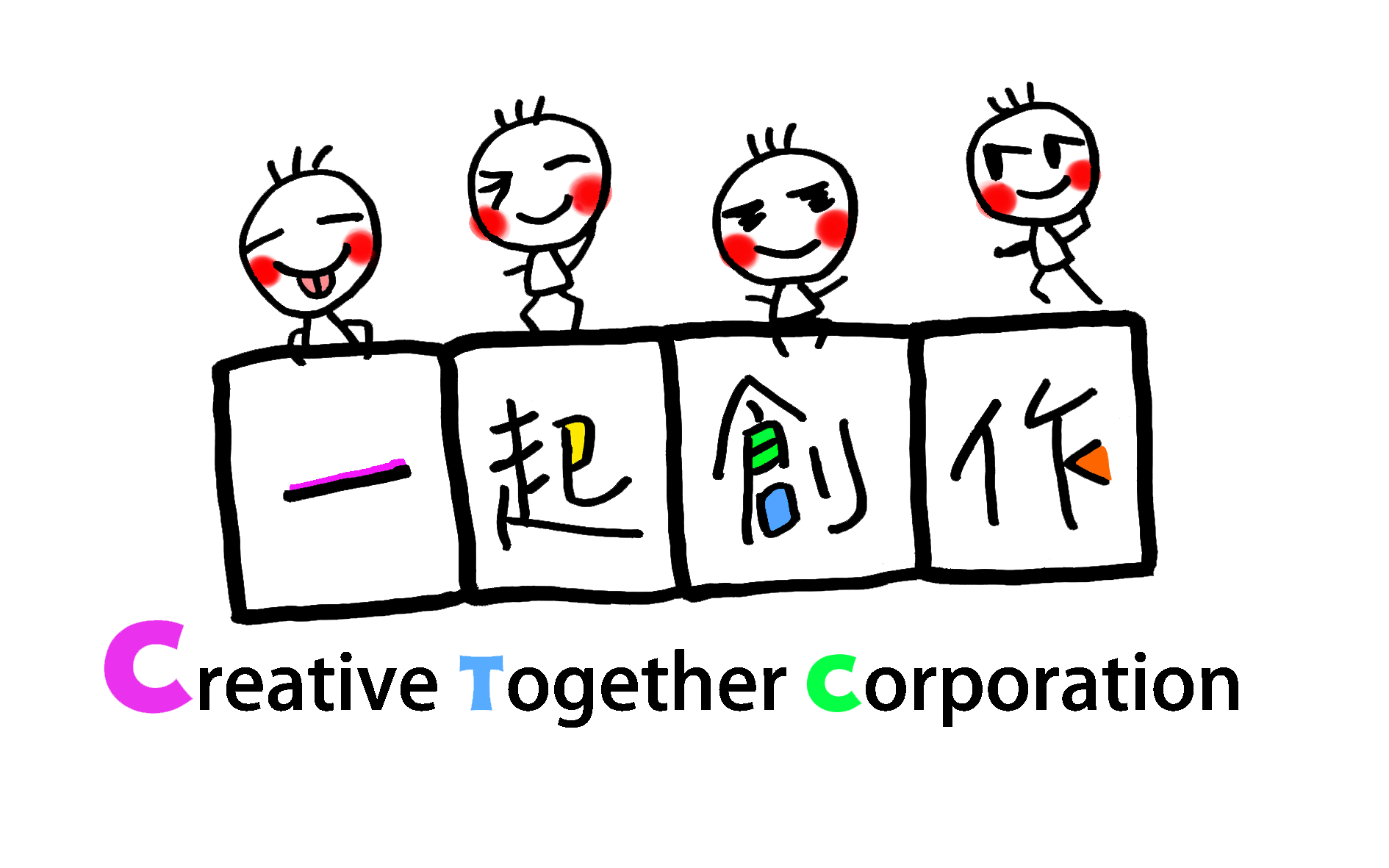Introducing Teamcity Cloud A Managed Ci Cd Service By Jetbrains The Teamcity Blog
In TeamCity, you can configure your tasks and settings programmatically using the Kotlin DSL and XML format. CodeCanvas is the JetBrains’ new platform for orchestrating cloud improvement environments (CDEs). Deploying your system to many alternative environments is now made easy with TeamCity’s matrix builds. Ever puzzled if there’s any best practices in relation to structuring your microservice projects with the help of Kotlin DSL? Then take a glance at this episode, where what is teamcity we’re going by way of three completely different approaches to do just that. TeamCity permits for very versatile branch configs in your construct settings.
Definition And Overview Of Teamcity
To study in regards to the fundamentals of steady integration, refer to our web site. It might talk about components similar to ease of use, scalability, extensibility, integration capabilities, pricing mannequin, and support choices to distinguish TeamCity from competitors. This half seems into the future of TeamCity throughout the context of evolving DevOps landscapes. It discusses potential developments, enhancements, and innovations in TeamCity’s options and functionalities to address rising challenges and developments in DevOps practices. Additionally, it might encourage organizations to remain updated with TeamCity’s roadmap and contribute to its evolution by way of suggestions and collaboration with the TeamCity neighborhood.
Establishing Efficient Ci/cd Practices With Teamcity
It explains the method to create projects, arrange build configurations, outline build steps, and configure construct triggers to automate the CI/CD pipeline. Additionally, it may cover superior configuration choices corresponding to build dependencies, parameterization, and versioning strategies. Here, the focus is on highlighting the necessary thing options of TeamCity that make it well-suited for DevOps workflows. This part delves into the superior build configuration options obtainable in TeamCity, together with the use of templates to streamline construct management. It covers matters similar to creating custom construct configurations, defining build dependencies, and leveraging build templates for consistency and scalability.
- From here we are ready to see the build outcomes for the entire chain and likewise see the place and why a sure build has failed.
- The trial interval provides you 12,000 construct credits (equivalent of 20 construct hours on the Linux Small build agent), unlimited parallel builds, a hundred and twenty GB of storage, and as much as 3 self-hosted build agents.
- This tutorial goes over splitting a simple build configuration in two, connecting them via each snapshot and artifact dependencies, and running the build chain.
- The build chain is definitely a Directed Acyclic Graph (or DAG), so a certain construct is started only when all of its dependencies are built and it could use the results of those upstream.
- Both of these optimizations are important in maintaining the queue small and construct occasions low.
Supported Version Management Systems
As a consequence of the above options, updating JDK on 15 build brokers is 15 times quicker and one hundred occasions much less irritating than before. While it tremendously helps developers to determine whether it’s protected or to not commit/merge the change, we nonetheless run all exams for most construct configurations simply in case. A list of builds that were triggered and are ready to be started.


TeamCity Cloud pricing relies on the number of committers you have in your group, and begins from $45 for three committers and 24,000 construct credits (equivalent of 40 build hours on the Linux Small build agent). Every further committer prices $15, and comes with a block of eight,000 extra construct credits. The variety of net customers just isn’t restricted – you probably can have as many team members working with TeamCity as needed, so lengthy as they do not trigger any builds.
Java’s Origins and Evolution in Software Development Java was developed by James Gosling and his team at Sun Microsystems, with its preliminary release in 1995. Parameter values in TeamCity Pipelines at the moment are proven properly when configuring a pipeline. Learn more about this and different improvements in our blog post. Additionally, if something goes mistaken, users can rerun the checks from GitHub with out having to switch to TeamCity. There’s also the new GitHub Checks Webhook Trigger that permits prompt construct queuing after committing to GitHub and supplies updates in wealthy textual content format.
What’s the difference between checkout rules and trigger guidelines in TeamCity? Both are powerful instruments to make sure your CI/CD pipeline solely works with specific directories and recordsdata from your model management, and solely trigger the builds for the adjustments in the related elements of it. Each build step is represented by a build runner offering integration with a particular build tool (like Ant, Gradle, MSBuild, and so on), a testing framework (for instance, NUnit), or a code analysis engine. Thus, in a single build you can have a quantity of steps and sequentially invoke take a look at instruments, code protection, and, for instance, compile your project. A TeamCity project corresponds to a software program project or a specific version/release of a software project. Continuous Integration is a software program improvement practice in which builders commit code modifications into a shared repository several instances a day.
TeamCity will distribute them to appropriate build brokers as soon as the brokers become idle. A queued construct is assigned to an agent in the meanwhile when it’s started on the agent; no pre-assignment is made while the build is ready within the build queue. The time period build can discuss with each the precise strategy of building and the results of constructing. After a construct is triggered, it’s placed into the construct queue and is began when a compatible agent becomes out there. After the construct is completed, the construct agent sends build artifacts to the server. This part summarizes the key factors discussed all through the article relating to TeamCity’s function in enhancing Continuous Integration and Continuous Delivery (CI/CD) practices inside DevOps workflows.
Additionally, the up to date Problems page offers a centralized location for reviewing any points with TeamCity checks and builds. This is only a small outline of some of the features that the staff makes use of and the way they came about. The necessary takeaway from this although is that “eating your personal canine food” is basically taken to the subsequent stage with TeamCity. This tutorial provides an overview of the test-related performance in TeamCity. The capability to run automated exams is an important a half of any CI/CD device. Connecting to remote machines by way of SSH can be an essential part of your CI/CD process.
This section supplies steering on establishing and maintaining effective Continuous Integration/Continuous Delivery (CI/CD) practices utilizing TeamCity. It covers best practices for structuring CI/CD pipelines, defining clear workflows, automating construct and deployment processes, and integrating testing and high quality assurance measures. Additionally, it could discuss strategies for optimizing CI/CD pipelines for speed, reliability, and scalability. This section explores the implementation of automated testing and code quality checks throughout the CI pipeline in TeamCity. It discusses the integration of testing frameworks, similar to unit exams, integration tests, and acceptance tests, into the build process. TeamCity is a user-friendly steady integration (CI) server for skilled developers, construct engineers, and DevOps.
We then took it a step further with incremental builds – builds which may be run solely in opposition to a sure subset of modifications. For instance, if a certain module and its dependencies aren’t modified, it won’t be constructed nor will the tests run. This allowed us for instance to cut back the common time essential to build and test TeamCity considerably. Our major model control methods in TeamCity are Perforce and Subversion.
It is trivial to set up and completely free for small groups and open supply initiatives. TeamCity was started again in 2005 out of our own must have a flexible and highly effective continuous integration server that would ship functionality beyond the offerings that have been out there on the time. Since then, a lot of the performance in TeamCity has been as a lot a result of our personal necessities as that of our users, as we proceed to use it all through JetBrains daily.
Both of these optimizations are important in preserving the queue small and construct instances low. Consequently, the Build Overview Page of the highest build in the construct chain is both a Dashboard and a Total Summary report. From here we can see the build results for the entire chain and in addition see the place and why a certain build has failed. While it most likely doesn’t come as a surprise to study that we use TeamCity ourselves, in this submit we’ll describe a few particulars on how the staff makes use of it internally and the way it’s evolved based on personal needs. As the TeamCity user base and workload grew, we noticed performance points becoming extra pronounced.
Transform Your Business With AI Software Development Solutions https://www.globalcloudteam.com/
